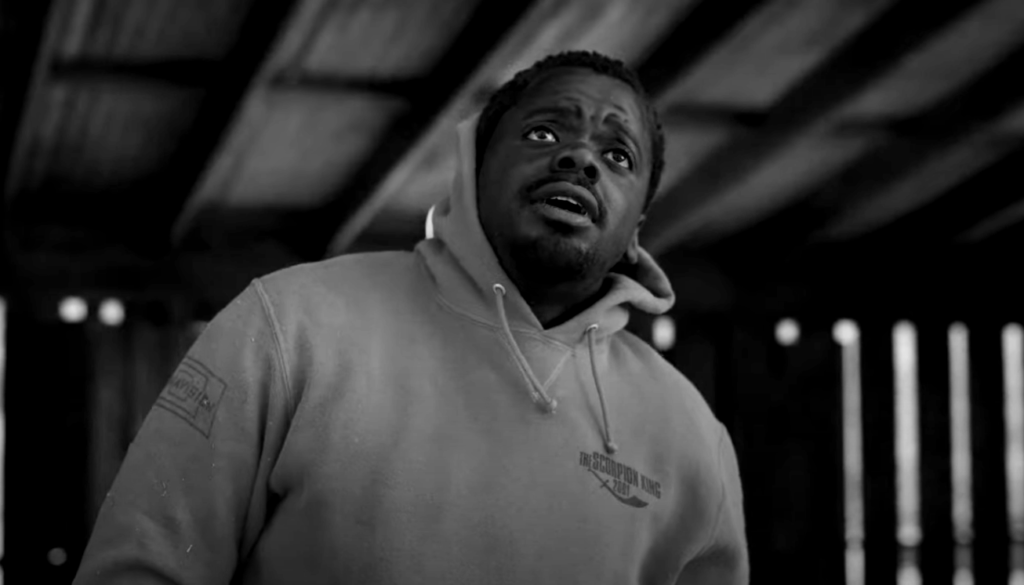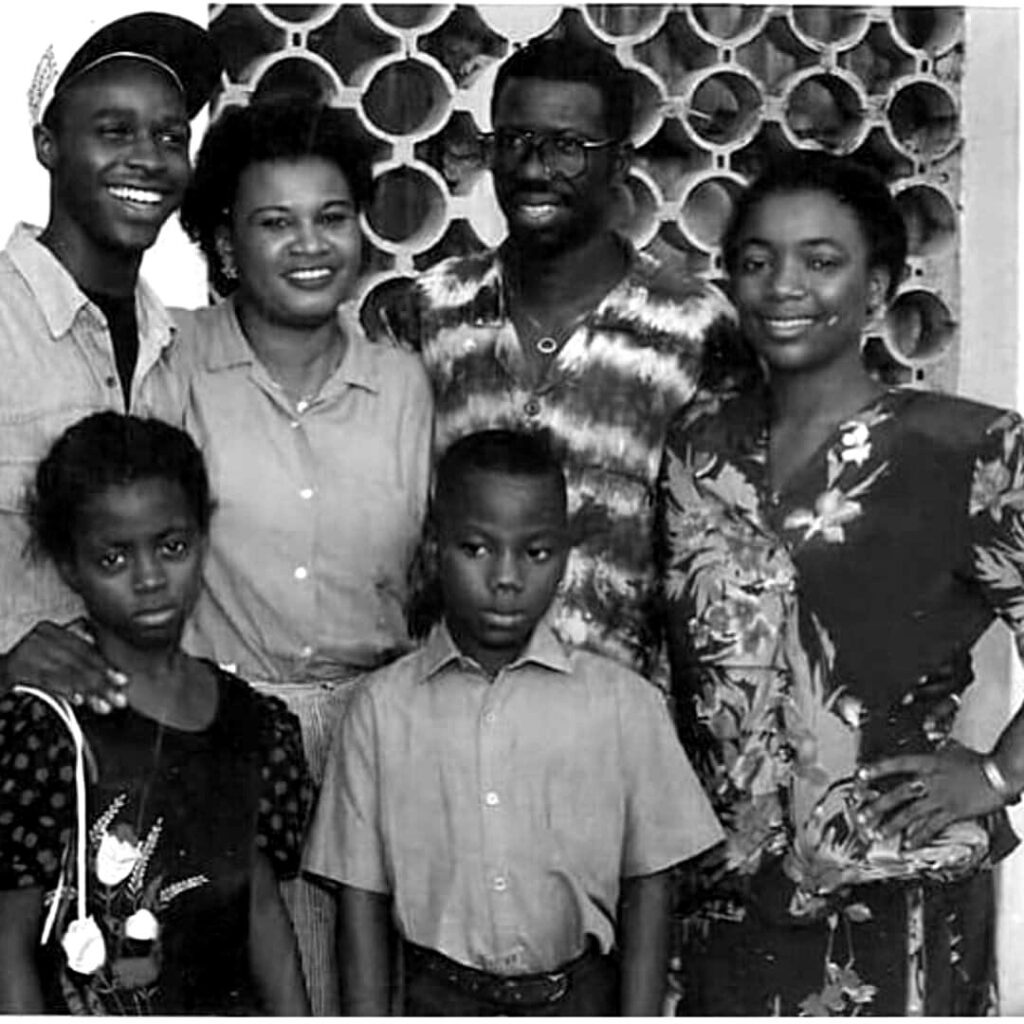5 Things Nollywood Can Learn from Jordan Peele’s Nope (2022)
Jordan Peele has had a good five years. In 2017, the director released his first film Get Out, to waves of acclaim from critics and audiences alike. Most filmmakers can only dream of having an outing as profitable as the above psychological thriller, which grossed 255 million on a 4.5 million budget and Peele did that with a debut. When Get Out won Best Original Screenplay at the 2018 Academy Awards, it announced to the world that Jordan Peele was a director to watch, and watched him we have. From producing indie horror flicks like 2021’s Candyman and Spike Lee’s BlacKkKlansman (2018) to directing Us (2019), and developing the 2019 remake of The Twilight Zone, the past five years have been busy and profitable for the man indeed. His latest film, Nope (2022), has, at the time of writing this article, grossed 169 million dollars worldwide— an impressive feat if you consider that it’s based on an original idea and not any previously established intellectual property. The film follows siblings, Otis and Emerald Haywood, who try to capture clear photographic evidence of an unidentified flying object laying waste to the horses on their ranch. There’s a certain meta quality to Nope that permeates every inch of its world, from the main character, a black man, being named OJ (Otis Jr.) to the way the film comments of the filmmaking process. Peele, in this project, has demonstrated why he is one of the few filmmakers working today who can compel audiences to journey to their local multiplex for an original summer blockbuster based on nothing but the phrase, “Written and directed by Jordan Peele” inscribed on the poster and in the trailers. In this article, I discuss the qualities that make Nope stand out in today’s saturated movie market, and how we could learn a couple things from that in Nollywood. 1. Blockbuster and Arthouse Sensibilities can co-exist. Chances are if you asked a random person to mention some popular blockbusters, they would immediately point to the Fast and the Furious franchise or Michael Bay’s Transformers series. These films embody what the summer blockbuster has come to represent in our age: pure, unadulterated fun, and spectacle for its own sake. There’s barely any time to slow down and really appreciate the character’s motivations or the world-building because the film moves at breakneck speed from one car chase sequence to multiple explosions to fisticuffs between the protagonist and moustache-twirling villain. These films definitely have their place in cinema. There’s nothing at all wrong with using films as an avenue for escapism for two hours. However, recently, we seem to have overemphasized the difference between a movie made for mass appeal and an artsy film, made presumably only for festivals, private screenings and limited releases. In the movie climate of 2022, you’re either a Thor: Love and Thunder, or a Good Luck to You, Leo Grande: while the former is owned by one of the biggest media companies in the world and was released on the heels of a ton of expensive marketing, the latter made 5.2 million dollars at the box office— a measly fraction of the budget for Love and Thunder (a whopping 250 million). Nope manages to blend mainstream and blockbuster sensibilities quite well. The sense of sheer spectacle is present, along with a recognizable premise which has become a staple of blockbuster cinema: UFO’s and alien invasions. At the same time, it is also an exploration of grief and an essay film on the state of modern visual storytelling, reaching all the way to the past and looking inquiringly at the future, compelling the audience to consider carefully the many questions it raises. It has sequences where the alien goes on a rampage decimating everything in sight, and moments where the story just pauses to breathe and give the audience some time to sit with its story, themes and characters. This way, the audience is entertained, and at the same time, have the themes resonate with them. This way, your movie can make a lot of money at the box office and simultaneously have something to say. We’re going to be talking about Nope for a long time. Meanwhile, barely anyone remembers the plot of Transformers: Revenge of the Fallen (2009). Like the Daniels did earlier this year with Everything, Everywhere All At Once, Jordan Peele has proven that the answer to “How much arthouse film conventions should I put in my blockbuster?” is a resounding, “Yes!” 2. Small story. Big vision. Or rather, a small-scale story. There are no small stories after all. Nope has smaller stakes compared to other traditional blockbusters. We’ve lost count by now of how many of the Marvel Cinematic Universe films approach their third acts with the “fate of the world hanging in the balance.” After being overexposed to this formula, audiences grow weary of it and can spot it coming a mile away. This way, the film holds no surprises, and the last thing any filmmaker desires is for the audience to consistently be ten steps ahead of the narrative. A story that pulls no surprises is not necessarily a bad thing, but if it is excellence one is striving for, then it is of utmost importance. However, “surprises” here does not imply that the film should have a high-concept premise like Inception (2010) or Blade Runner 2049 (2017) but that the progression of the story should feel organic, investing the audience in the story and putting unique spins on tropes and clichés. No fancy, gratuitous plot twists are needed. Just solid visual storytelling. Nope does away with unnecessary characters, and focuses on the relationships between the ones that appear in the film. Peele really makes us care about Otis and Emerald. About their shared grief. About their need to capture the alien on film, unimportant as it might sound out of context. This is why the final shot is so satisfying. We haven’t spent the time worrying about the fate



